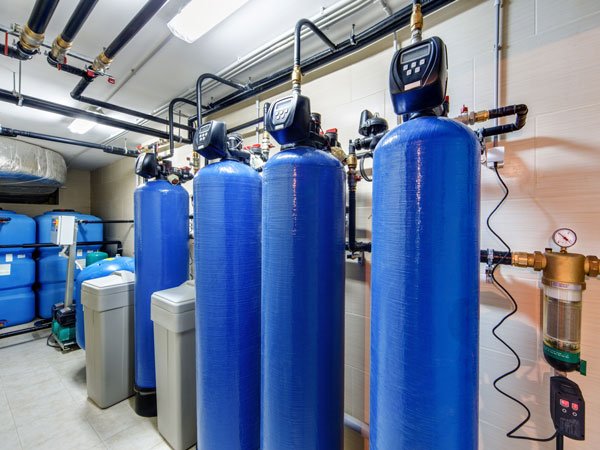
Essential Tips for Water Softener Maintenance
Hard water can be a nuisance in your home, causing mineral buildup and reducing the efficiency of appliances. A water softener is a valuable solution, but it requires proper maintenance to ensure it functions optimally. Explore the essential tips for water softener maintenance to extend its lifespan and keep your water quality at its best.
Regular Cleaning of the Brine Tank
The brine tank is a crucial component of a water softener, responsible for creating the brine solution used in the regeneration process. Regular cleaning of the brine tank is essential to prevent salt bridges and mushing, which can affect the softening capacity. Empty the tank, remove any remaining salt, and clean it thoroughly to maintain proper functionality.
Check and Refill Salt Levels
Salt is the lifeblood of a water softener, facilitating the ion exchange process that removes hardness minerals. Regularly check the salt levels in the brine tank and ensure it doesn’t fall below the recommended amount. Refill the tank with high-quality salt pellets designed for water softeners to keep the system running efficiently.
Inspect and Clean the Resin Tank
The resin tank houses the resin beads responsible for ion exchange. Over time, these beads can accumulate sediment and contaminants, impacting the softening process. Periodically inspect and clean the resin tank. If you notice a significant buildup, consider resin bed cleaning solutions to restore its effectiveness.
Adjust the Regeneration Frequency
The regeneration process is when the resin beads are cleaned and recharged with salt. Adjust the regeneration frequency based on your household’s water usage. If your water hardness varies, consider a water softener with demand-initiated regeneration for more efficient and customized operation.
Maintain the Brine Line and Valve
The brine line and valve play a crucial role in the regeneration cycle. Regularly check for any blockages or salt buildup in the brine line. Ensure that the brine valve is functioning correctly and doesn’t show signs of wear or leaks. Addressing these issues promptly prevents disruptions in the regeneration process.
Inspect for Salt Bridges and Mushy Salt
Salt bridges occur when a hard crust forms above the salt in the brine tank, creating an empty space below. This can impede the brine tank’s function. Additionally, mushy salt, a clumped and compacted mass, can affect the water softener’s efficiency. Break up salt bridges and replace mushy salt to maintain proper salt dissolving and regeneration.
Clean and Sanitize the Brine Tank Annually
In addition to regular cleaning, perform a more thorough cleaning and sanitization of the brine tank at least once a year. Empty the tank, scrub the walls, and rinse thoroughly. This helps eliminate any bacteria or contaminants that may accumulate over time.
Test Water Hardness Regularly
To ensure your water softener is effectively removing hardness minerals, periodically test the water hardness. This can be done using water testing kits readily available in the market. Adjust the settings of your water softener based on the test results to maintain optimal performance.
Professional Inspection and Servicing
While regular DIY maintenance is crucial, consider professional inspection and servicing periodically. A professional can conduct a more in-depth analysis, check for any internal issues, and fine-tune the settings for optimal performance. Professional servicing ensures that your water softener operates at peak efficiency.
Educate Yourself on the System
Understanding how your water softener works empowers you to perform basic troubleshooting and identify potential issues. Familiarize yourself with the user manual, learn about the components, and attend to any minor problems promptly. This proactive approach contributes to the longevity of your water softener.
To learn more about water softener maintenance and enhance the performance of your system, visit home-radiators.com. Explore additional tips and resources to keep your water softener in top-notch condition for years to come.









